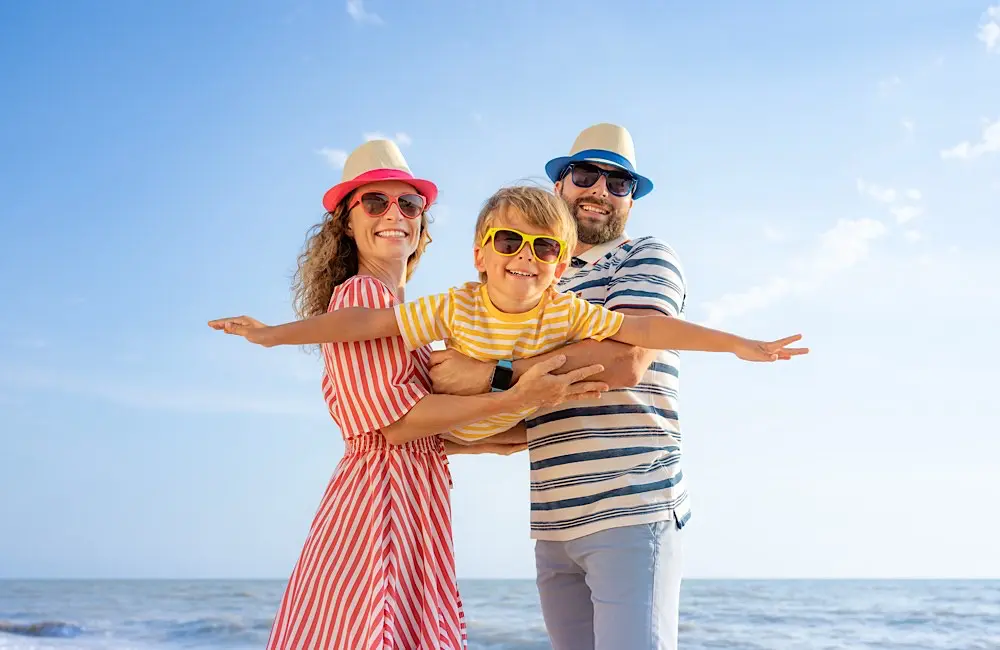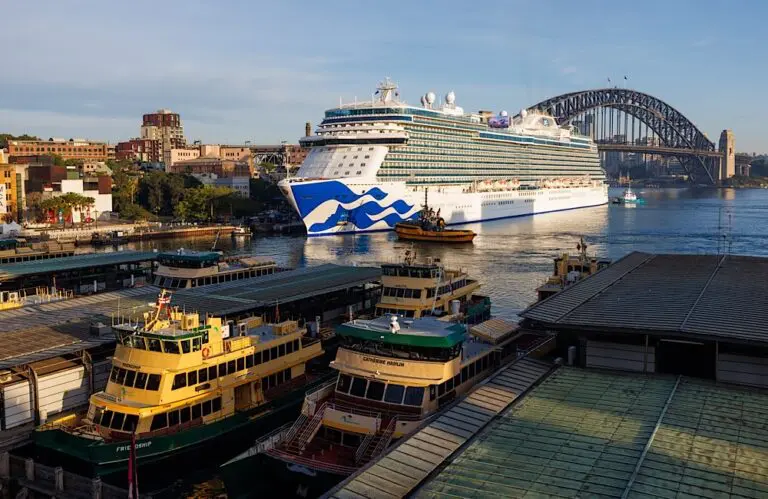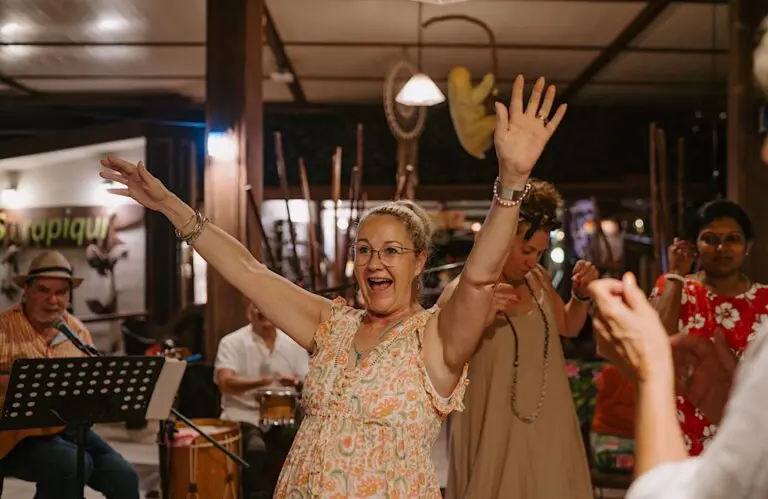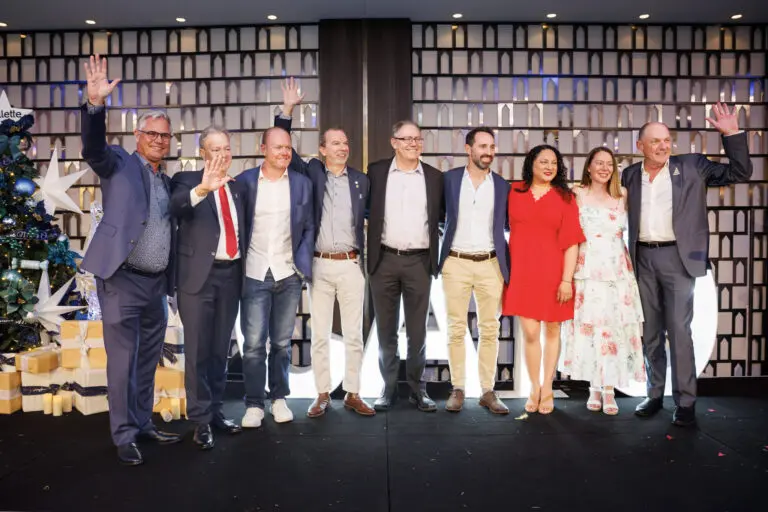With a fresh wave of global economic jitters (hello, Trump tariffs), value has never mattered more to Australian travellers. But value doesn’t just mean cheaper. For today’s post-pandemic, price-aware, still-want-it-all customer, value is about clarity, convenience and the confidence of knowing what they’re getting before they go.
And as the pressure mounts to stretch budgets further—without sacrificing experience—it’s putting travel professionals in a prime position to sell smarter, not harder.
Value is no longer about price alone
Recent years have seen a major shift in how consumers weigh up travel purchases.
While price remains important, it’s not the only deciding factor. Increasingly, travellers are looking for perceived fairness, transparency and inclusions that reduce stress and guesswork.
One brand that’s taken this to heart is Norwegian Cruise Line (NCL), which recently overhauled its branding from ‘Free at Sea’ to ‘More at Sea’.
“There’s a lot of research that I’ve seen out of Australia and New Zealand that points to the increasing importance of value in guest decision-making,” Ben Angell, Vice President and Managing Director NCL APAC told trade and media onboard the inaugural sailing of Norwegian Aqua.
“Value is often, nowadays and post-pandemic, more important than price for a lot of our guests. So value is critical.
“And what we’ve done with ‘More at Sea’ is just double down on that convenience which is critical to our guests.
“I think value and convenience are actually very closely interlinked with ‘More at Sea’, so we’ve simplified the offering, we’ve clarified the offering, we’ve got the inclusions that our guests want, whether that’s more dining or the premium beverages, the Wi-Fi minutes to shore credits, and we’ve created a proposition that is absolutely and completely unmatched in the holiday sector.”
What customers really want
The move from ‘Free at Sea’ to ‘More at Sea’ “was a really easy transition”, said Damien Borg, NCL Senior Director of Sales, Strategy and Operations APAC.
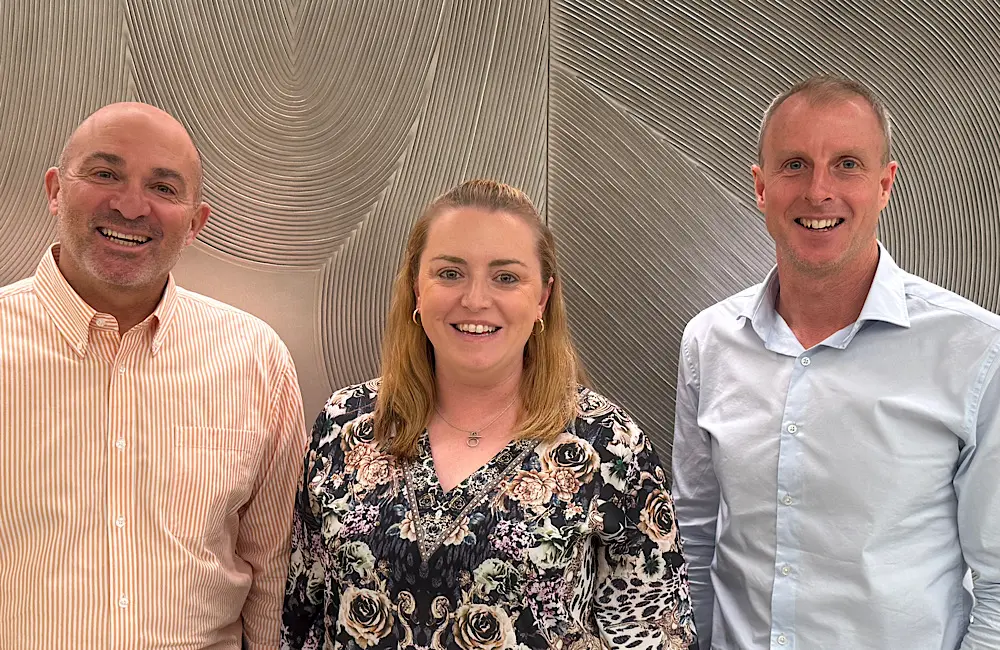
“One of the challenges trying to sell a value proposition is helping a customer understand what they get. Drinks, for Australians and New Zealanders, is a big part of that conversation—and people were struggling to believe what was actually included.”
According to Borg, gratuities were one of the biggest sticking points for Australians booking international cruises. “Australians aren’t great tippers,” he said. “That was probably the one thing that caused a bit of bill shock. Now we build that into our pricing, which, for our trade partners, is great because it’s commissionable—but for our consumers, it means they can literally walk off the ship without a bill.”
The lesson here isn’t cruise-specific—it’s psychological. Travellers are increasingly risk-averse. With higher costs across the board, people are less willing to take chances on unknown extras or hidden costs.
That’s where bundling, packaging, and clear value statements come in. Whether it’s a cruise, a rail holiday, or a land-based FIT tour, the agent who can explain—and visualise—the true value of inclusions is more likely to close.
Communicating value starts with understanding priorities
It’s not just what’s included—it’s how it’s presented.
From Wi-Fi to cocktails to specialty dining, NCL’s ‘More at Sea’ strategy bundles the things customers said they cared about most.
And with 90% of guests opting in to ‘More at Sea’ when booking, it’s clearly working.
Kevin Bubolz, Vice President and Managing Director, NCL Central Europe, Middle East and Africa, told travel agents, “You can be the hero, because [‘More at Sea’] is currently not available to buy on the ship. If your clients are coming to the ship and you haven’t sold this to your guest, then they are missing out.”
The takeaway for agents? Talk to your customers about what they value most in a holiday. Then show them how a bundled product can meet those needs more affordably, without unexpected surprises. Adding that they can get something exclusively through a travel agent is an added bonus.
Selling tips: How to make value part of your pitch
But you don’t need to just be selling cruises to put this into action. Here’s how to tap into the new value mindset:
- Package more, not less: The more you bundle upfront, the less risk your clients feel they’re taking. Build in rail passes, transfers, day tours, meals—then communicate the savings clearly.
- Show the value—not just the price: Use tools like comparative daily costs, app snapshots, or itemised savings to demonstrate what’s included. Visual proof builds trust.
- Understand their ‘deal breakers’: Ask what matters most: is it food? Wi-Fi? Convenience? Tailor your product recommendations around those non-negotiables.
- Talk about what’s not there: No tipping required? No unexpected service fees? No extra costs for family add-ons? Highlight these to stand out.
- Offer flexible options for changing times: Given economic uncertainty, travellers want protection. Emphasise flexible cancellation, rebooking credit, or price-locking features where available.
In a world of rising costs, clarity is key
As uncertainty continues—from international conflict to local cost-of-living pressures and potential U.S. tariff shakeups—travellers will become even more value-conscious. But that doesn’t mean they’re only chasing the cheapest fare.
Agents who can articulate value clearly—highlighting savings, transparency and convenience—will not only win trust, but build long-term loyalty too.
And when suppliers like NCL invest in research to remove friction and communicate value better, it sets a useful benchmark for the rest of the trade.


